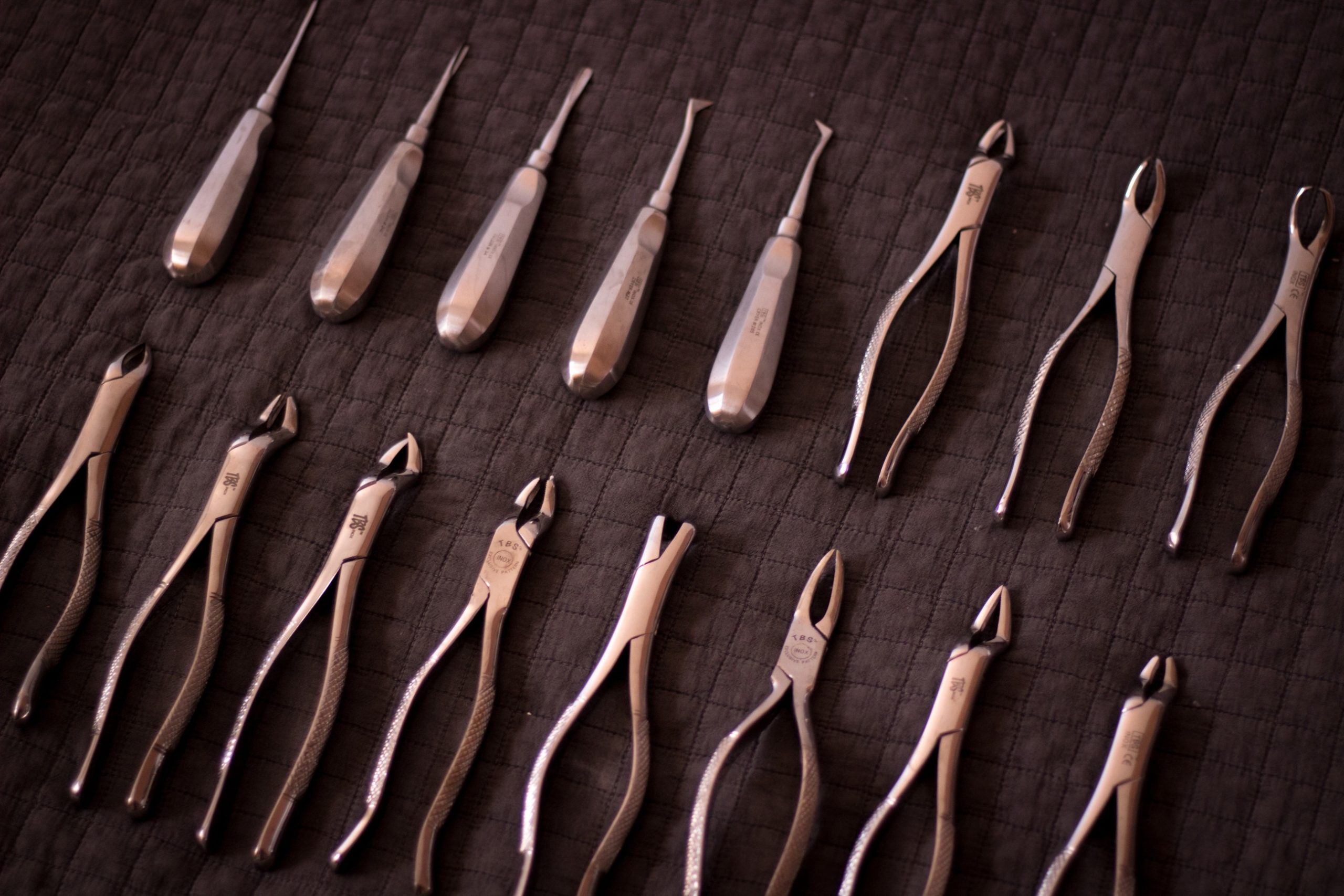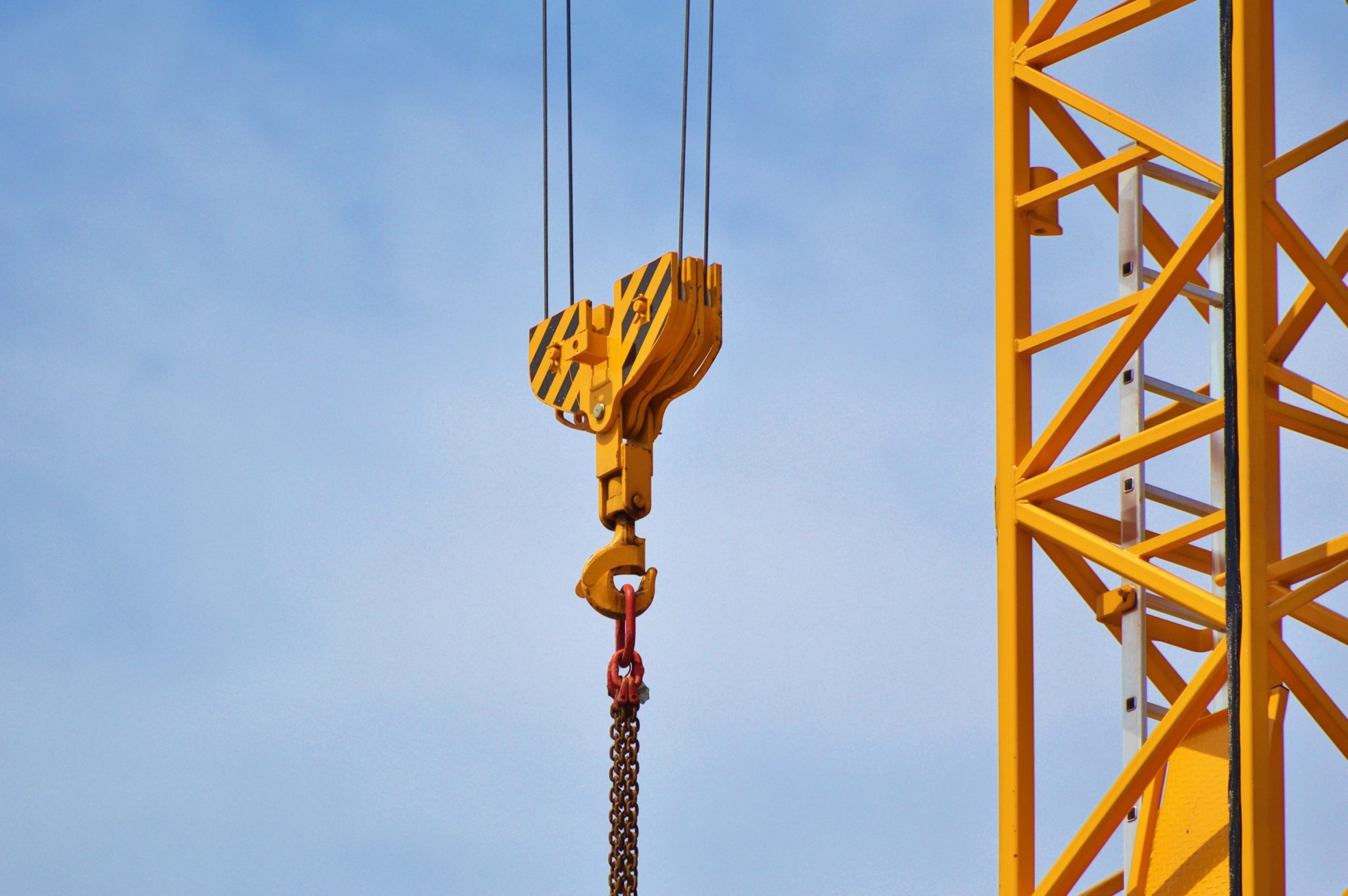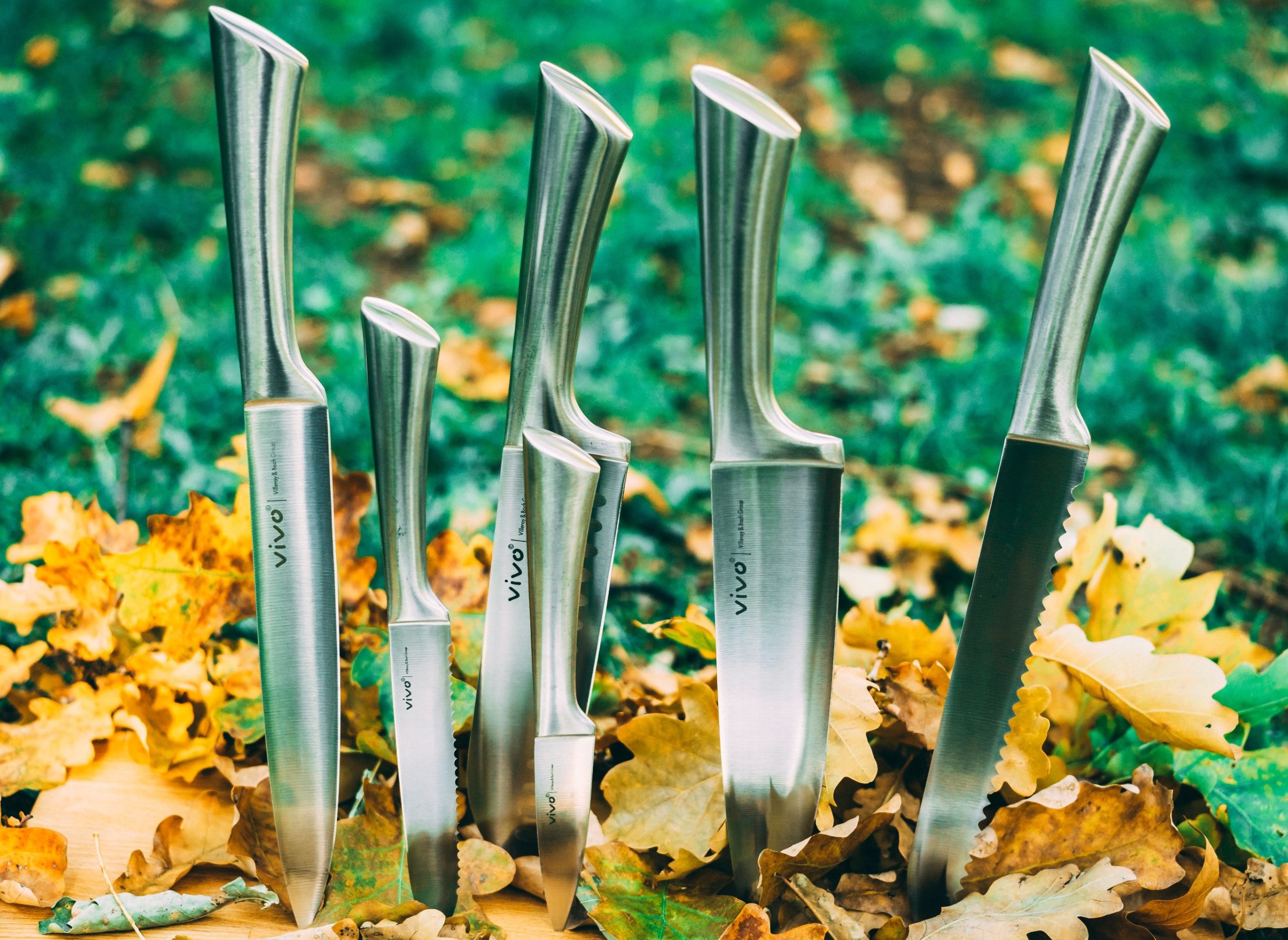I spy with my little eye, something made out of stainless steel. Take a look around the room. How many times does stainless steel appear? Certainly more than once, and most likely in different forms serving very different purposes. Stainless steel is versatile and adaptable, but its benefits are leveled across all uses.
We see it everywhere and could even be using it without knowing, so it’s probably time you ask- what is stainless steel made of, how is it made and why do we use it?
You asked and we answered!
What is stainless steel made of?
Stainless steel is made up of iron alloys, chromium (at least 10.5%) and other metal alloys such as nickel, titanium, copper or molybdenum. Essentially, it’s a family of heat and corrosion resistant metals combined to create an incredibly useful metal. The makeup of stainless steel varies depending on its intended use and corrosion resistance requirements. Stainless steel is available in a range of grades including Austenitic, Ferritic, Martensitic and Duplex.
How is stainless steel made?
Making stainless steel is quite an interesting process involving a number of steps.
1. Melting & casting: The iron alloys are first melted together under extreme heat for around 8-12 hours. Once the metals are melted, they are cast into specific shapes (blooms, billets, slabs, rods and tube rounds).
2. Forming: The steel is then hot rolled in order to form into its final shape. Blooms and billets are formed into bars and wires, and slabs become sheets, plates or strips.
3. Annealing: This involves the steel being heated and cooled under careful control to soften and relieve internal stresses.
4. Descaling: The build-up formed on the steel during annealing is removed by using one of several descaling techniques. Annealing and descaling can occur at different steps depending on the type of steel that’s being worked.
5. Cutting: Mechanical cutting involving shearing (guillotine knives for straight shearing or circular knives for circle shearing), sawing, blanking or nibbling is used to achieve the steel’s final size. It can also be flame cut, or cut using a plasma jet cutting method.
6. Finishing: Surface finishing gives stainless steel its smooth and reflective appearance, while providing additional corrosion resistance. Bright, dull or mirrored finishes can be achieved depending on the steel’s intended use.
What is stainless steel commonly used for?
Different grades of stainless steel are used across a huge variety of applications in a number of industries. From large scale buildings to soup spoons, stainless is everywhere and there are no surprises why.
Architecture and construction



Strength, flexibility and workability are the key features that make stainless steel so popular in the construction industry. It is durable, low maintenance and offers a striking visual appearance, boosting its popularity for use in commercial and high-profile architectural projects. It’s also a very sustainable and eco-friendly building material.
Examples of stainless steel products: Bridges, roofs, statues, exterior cladding, countertops, backsplashes & railings.
Transportation



Stainless steel is becoming increasingly popular in the automotive and transportation industry. Its corrosion resistance and low maintenance requirements make it a smart and cost-effective choice for manufacturers. It is also an environmentally friendly material, and is now commonly used in structural components of cars.
Examples of stainless steel products: Car exhausts, trim and grills, trains, aircrafts
Medical equipment



Stainless is easily sterilised making it incredibly hygienic for use in hospitals.
Many human bodies may also feature some internal stainless steel parts! Surgical implants including replacement joints, pins and plates are used to hold broken bones in place.
Examples of stainless steel products: surgical implants, scalpels, MRI scanners, kidney trays, dental drills, instrument trolleys, scrub stations, theatre equipment & steam sterilisers.
Oil and gas industry



Stainless steel is the material of choice in heavy industries that operate in demanding environments. It’s best for handling high heat, toxic substances and corrosive crude oil. Super steels have also been developed specifically for use in these industries.
Examples of stainless steel products: Storage tanks, pipes & valves.
Culinary



Stainless steel is very useful in the kitchen given that it’s easy to clean, doesn’t interfere with the flavour of foods and is corrosion resistant against acidic liquids.
Examples of stainless steel products: cookware, cutlery, water bottles, mixing bowls, kitchen sinks, finishes for fridges, freezers & dishwashers.
Fashion and accessories



The strong and durable nature of stainless steel promotes its wide use across the fashion industry. Its workability means it can be shaped to create intricate jewellery and accessories that won’t irritate the skin, and will ultimately last a lifetime.
Examples of stainless steel products: zippers, jewellery, belts & watches.
Why use stainless steel?
The benefits of using stainless steel are endless. It is 100% recyclable, corrosion, rusting and stain resistant, and it requires little maintenance for ongoing, top performance. Stainless steel is also a relatively inexpensive material, can be adapted for a wide variety of purposes, and maintains a sleek and attractive appearance.
If you’d like to learn more about stainless steel or you’re interested in any of our stainless steel products, contact our expert team at Midway Metals.
